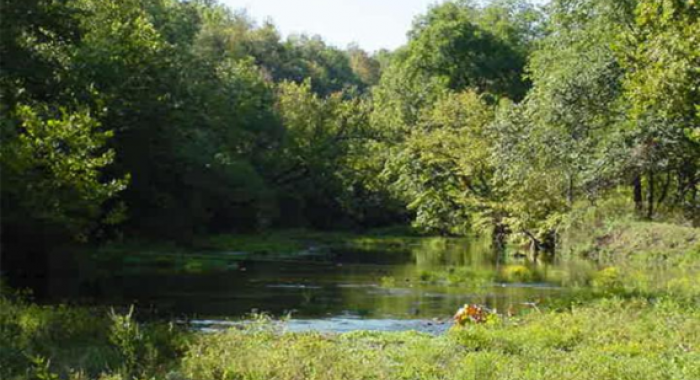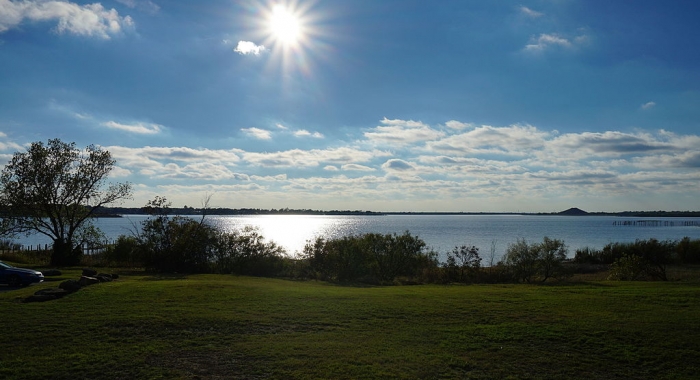So what is Waters to watch and why Should I care?
The 10 Waters to Watch list, assembled by the nation’s leading authorities on aquatic conservation, is a collection of rivers, streams and shores that will be cleaner and healthier habitats for the many fish and wildlife species and people who call these areas home.
Thanks to the combined actions of concerned community groups, non-profit organizations, local watershed groups, Native American tribes and state and federal agencies, these waters are being improved by planting stream-side vegetation, removing structures blocking fish from habitat and protecting bodies of water from the effects of industrial processes, agriculture and livestock.
They are representative of freshwater to marine waters across the country including lakes and reservoirs that are improving through the conservation efforts of the National Fish Habitat Action Plan — a bold initiative to reverse persistent declines in aquatic habitat.








